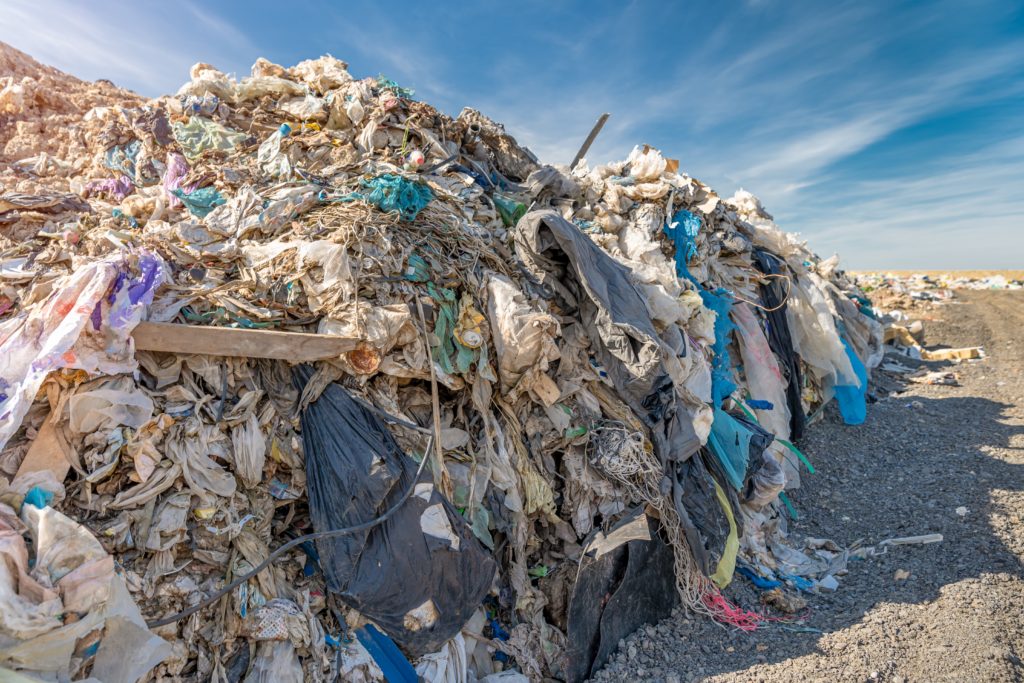
Sustainability in supply chains – start at the beginning.
Supply chain is in high demand especially in a year that sees the world calling out for critical resources to be designed, manufactured and delivered quickly. Companies are forced to look for new ways to innovate to stay ahead and land contracts; to find the most efficient solutions to on-demand problems.
The next 10 to 15 years will present major opportunities for consumer companies with almost 2 billion people expected to join the global ‘consumer’ class by 2025, a 75% increase on 2010.* Spending in this sector is likely to rise even more than the number of total consumers as household incomes swell and people use larger portions of their budget to buy personal items. China is on track to gain 100 million working-age consumers by 2030, and it is expected that their spending on personal items will be double the current rate.**
It’s no wonder then that with these kinds of projections, supply chain management companies are striving to find the most efficient solutions to their logistics problems to keep up with demand while driving their overheads down. Though this typically looks like cutting warehouse costs or finding more direct routes and better value for money, many efforts have started shifting toward the future and sustainability.
Countless reasons to adopt a more sustainable supply chain exist, from taking advantage of government benefits to committing to a mission that speaks to a customer base. Of course, the main obstacle to implementing these changes is the associated cost, but cost efficiency and sustainability aren’t mutually exclusive. In reality, you can promote both with targeted changes and soon the large corporates who have the greatest impact on the environment wont have a choice but to fully comply.
By working closely with suppliers, companies can lessen their environmental and social impact, positioning themselves for strong future growth and the changes don’t have to be fundamentally ground breaking – though if everyone did it, it would make an unprecedented difference.
Invest in LED

Lighting is a base necessity in warehouses and offices all around the world and they need the best lighting possible to keep workers safe and productive. Fortunately, the most effective option is also the most sustainable and cost-efficient.
Compared to traditional incandescent lights, LED lighting:
- Lasts 25 times longer
- Uses 75% less energy ^
- Produces more light ^^
No matter how you approach the issue, LED lighting is the way to go.
Cut Out Landfills

Going green is a commitment, but once a company finds a way to minimise footprint, maintaining eco-friendliness becomes a simpler task.
The key to cutting out landfill use is recycling. Beyond corrugated materials, all plastics and office paper can be recycled in one way or another, though not every business is as diligent as they could or should be. In 2016, only 14.6% of recyclable plastic was reported to have been recovered, far lower than what should be acceptable.
Along with recycling, businesses can reduce waste by making smarter purchases. For example, long life LED light bulbs will decrease landfill waste and keep electricity usage in check.
Recycle Corrugated Material

Corrugated materials, such as cardboard, can be difficult to decompose, but being proactive and actively assigning these materials back to regional paper mills or similar makes a huge difference.
Recycling is one of the easiest and most sustainable practices a shipping and distribution company can perform. Once boxes have served their purpose, almost 50% of the material^^^ can be reused to produce new versions of that same packaging.
This practice also helps keep costs low. The more corrugated materials given to paper mills, the fewer raw materials needed to produce new boxes keeping their operating costs down which in turn mean lower operating costs and more competitive prices for customers.
Reduce Paper Consumption Through RF & RFID Technology

Many operations have employed the RF and RFID technologies in order to go paperless. This has created more sustainability in multiple areas of SCM, from receiving and quality, to picking and dock auditing.
Commit to Local Sustainability

Businesses must be aware that they’re a part of the local community no matter their size and reach. Finding ways to make warehouses and transportation more sustainable is necessary of course, however they should actively give back to the surrounding districts, whether that be through volunteering, donations or some other philanthropic activity.
Employees and workers care about their community, and we should make efforts to give back.
For years, most consumer companies have paid relatively loose attention to whether their suppliers managed the social and environmental impact of their business activities. This is now changing, as they have come to appreciate the extent to which their supply chains contribute to global challenges, as well as the effects that poor sustainability management can have on their growth and profitability.
Further to keeping a hold on the wider global landscape, relatively simple changes can and now must be implemented at business level to drive down environmental issues and put the key issues in the spotlight.
References
* https://www.mckinsey.com/featured-insights/urbanization/urban-world-cities-and-the-rise-of-the-consuming-class
** https://www.mckinsey.com/featured-insights/urbanization/urban-world-the-global-consumers-to-watch
^ https://www.energy.gov/energysaver/save-electricity-and-fuel/lighting-choices-save-you-money/led-lighting
^^ https://www.thelightingdivision.com/led_faq.html
^^^ https://www.corrugated.org/recycling/




